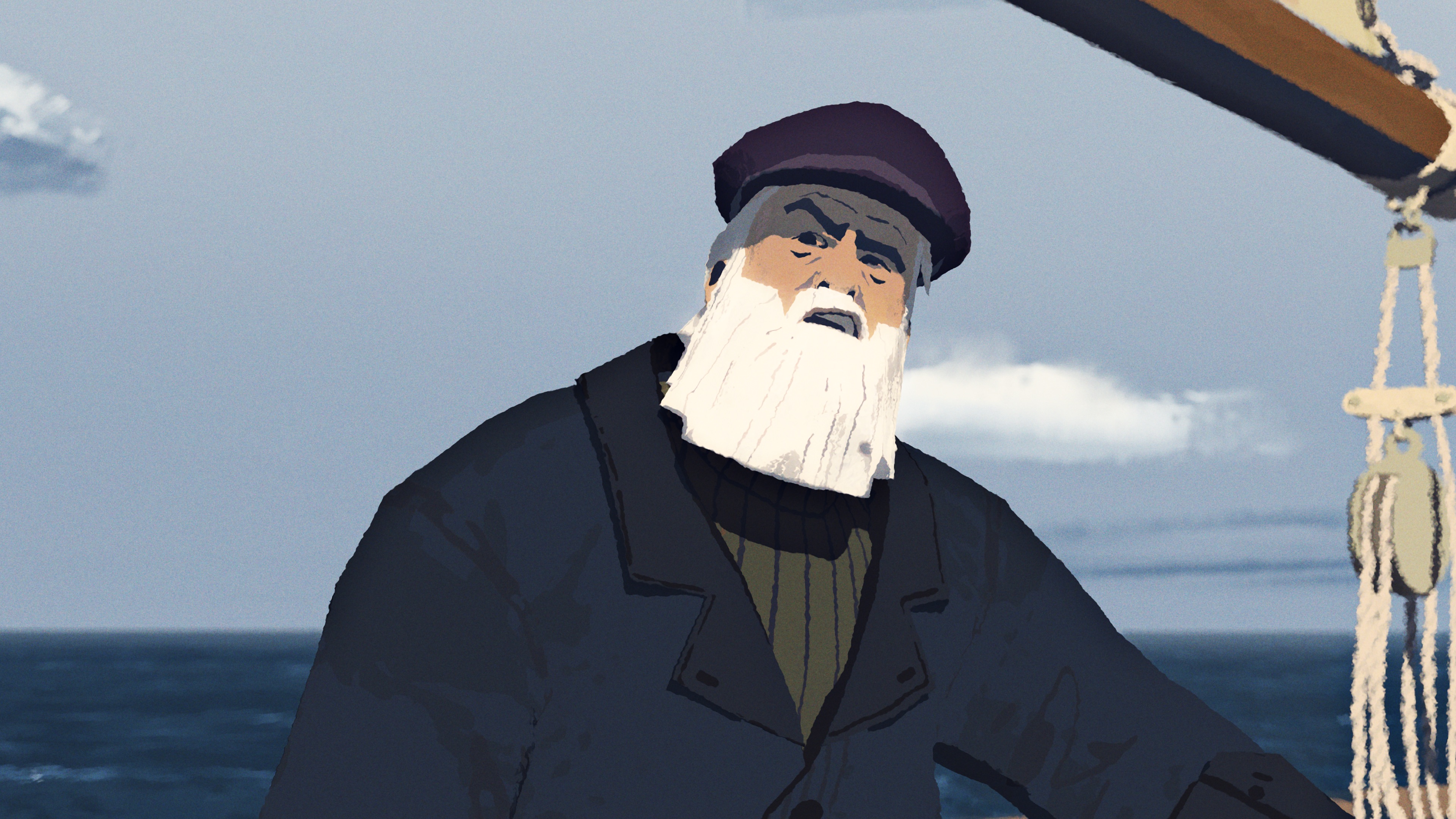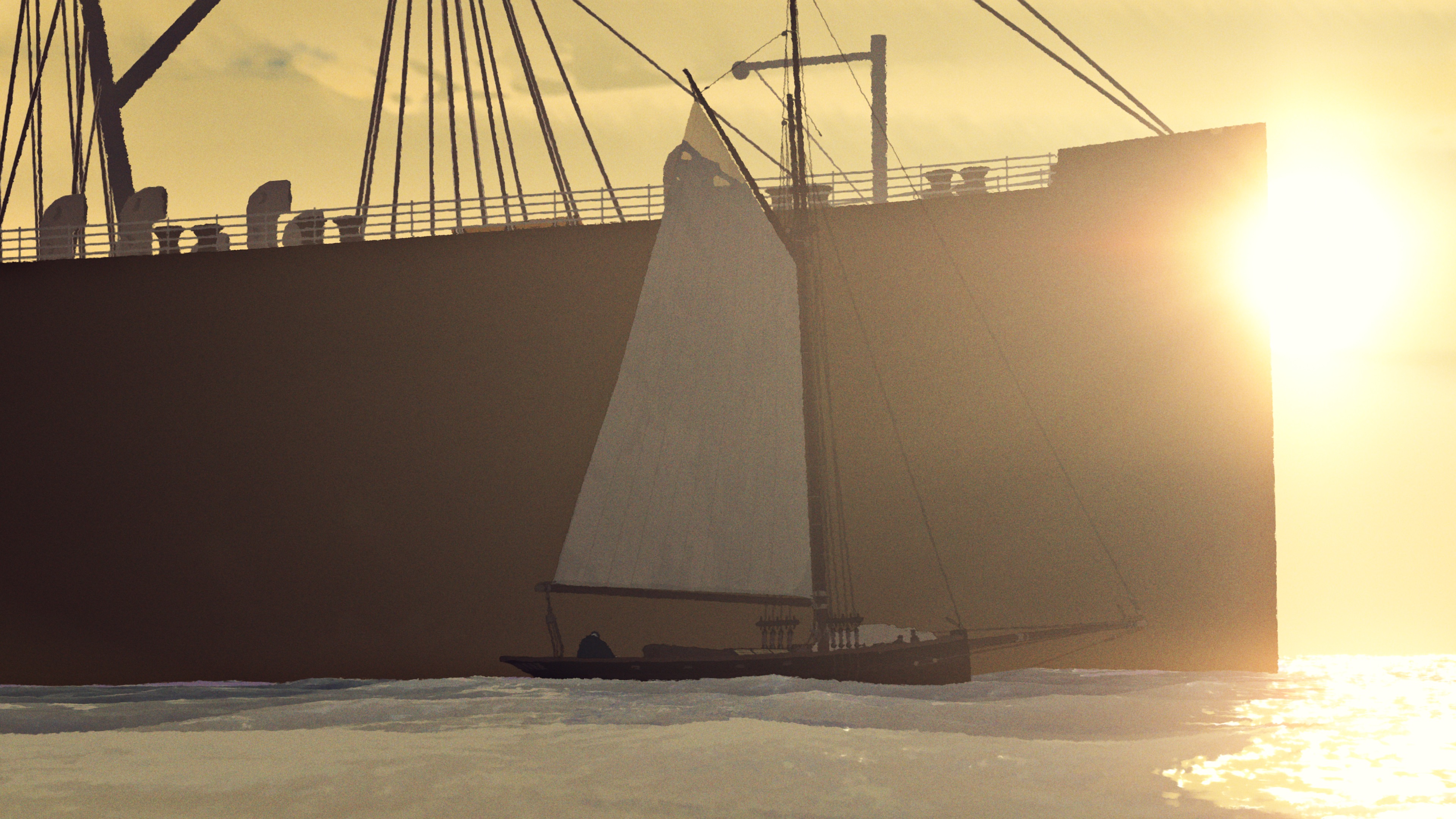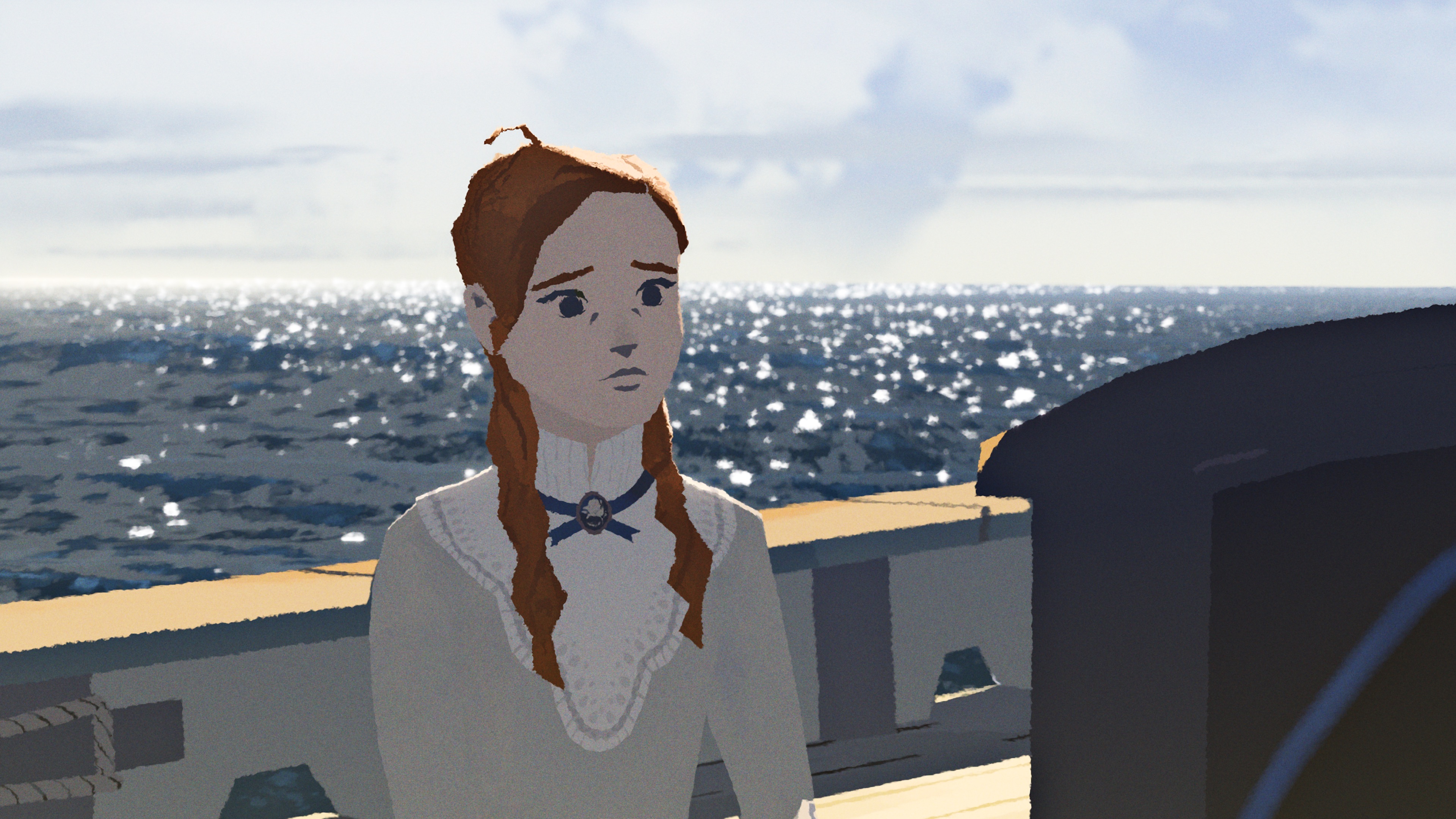Venice: The Story Behind ‘Age of Sail,’ Google’s Latest VR Short Film (EXCLUSIVE)
By Janko Roettgers
LOS ANGELES (Variety.com) – “It never seemed quite right to me.” John Kahrs, the animator and director best known for his Academy Award-winning short film “Paperman,” always felt that something was off when he saw the ocean depicted in Hollywood movies. “My dad built a few sailboats,” he recently recalled in an interview with Variety. “I have a bit of a boating background.” And what he saw on the big screen just didn’t feel right. Too quiet. Too stormy. Too extreme. Not the waters he knew.
This week, Kahrs is showing off his own take on the ocean in a new short film that’s getting its world premiere at the Venice Film Festival. “Age of Sail” is the latest virtual reality short film coming out of Google’s Spotlight Stories unit, and in many ways, the 12-minute short one of the most ambitious projects the search giant’s immersive storytelling unit has worked on to date.
“Age of Sail” is the story of an old, down on his luck sailor, William Avery (voiced by Ian McShane), who rescues a young girl at sea after she fell off a passenger ship. Only, for Avery, saving a life turns out to be the easy part. Coming to grips with his own role in a world that seems to have moved on is a lot harder. “He believes this lie,” Kahrs said of Avery. “He believes he doesn‘t matter anymore.”
The young girl, however, doesn’t agree at all — and neither seems the ocean, which challenges Avery one more time, forcing him to rise to the occasion, and transform from a hopeless drunk to a savior once again. “He’s almost like an old man superhero,” Kahrs said.
Kahrs had been mulling over the idea for “Age of Sail” for a few years, and revisited it once he started to talk to the Spotlight Stories team about cooperating on an immersive short film. The medium seemed like a perfect fit to take the audience along on Avery’s journey, and show them a different side of the ocean. “That was something that would translate beautifully in VR,” Kahrs said.
Except for one key detail: Audiences tend to be sensitive to motion in VR, which is why many filmmakers and animators try to keep their camera as still as possible — something that’s not an easy feat on a boat that’s being rocked around by the waves. “On paper, this is the worst possible thing to do in VR,” said Kahrs.
“Age of Sail” has been produced together with the Los Angeles-based animation studio Chromosphere, and by Gennie Rim, who previously worked on Glen Keane’s “Duet” Spotlight Story , as well as David Eisenmann, who worked on “Son of Jaguar” and “Pearl” for Spotlight Stories . Making the film work visually required stepping away from the idea photo-realism, said Eisenmann. “Reality isn’t really what you want.” Instead, the team settled on a bit rougher, grainier aesthetic that Kahrs described as a moving painting. “It’s kind of a broken-edge quality,” he said.
After its world premiere at the Venice Film Festival, “Age of Sail” will get its North America premiere at the LA Film Festival’s VR and immersive storytelling showcase, the Portal, in September. It will come to VR headsets soon after, and find its way to phones and the web before the end of the year as well.
Both the VR and the phone-based versions will benefit from a key tech advancement: The Spotlight Stories team spent a lot of time perfecting its audio engine to incorporate binaural sound, and account for the changes in the environment. When one of the two characters turns away from the viewer, their voice changes, and when the viewer turns her head, they get to hear the sound differently. And at one point, the viewer finds herself in the water, complete with the ability to put her head under the surface, which again completely changes the aural perception.
There’s another reason audio was so important for “Age of Sail,” argued Google’s Karen Dufilho, who executive produced the film together with fellow Pixar alum Jan Pinkava. “There’s dialogue,” she said. “There’s an actual script that we worked on for a long time.” Spotlight Stories, which launched all the way back in 2014 as an attempt to reinvent storytelling for mobile devices, has until now mostly omitted dialogue to make its films work internationally.
But for ‘Age of Sail,” the dialogue seemed key to getting the audience to understand the characters — even if they choose to look somewhere else at key moments of the film. Giving audiences agency over their point of view has long been a key challenge of cinematic VR. It’s why VR filmmakers often compare their craft to stage theater, where directors have to draw the audience’s attention to the action without the ability to frame it.
That metaphor also applies to “Age of Sail,” argued Pinkava. “It’s a stage with two characters on it that’s plunging its way through the ocean.”



